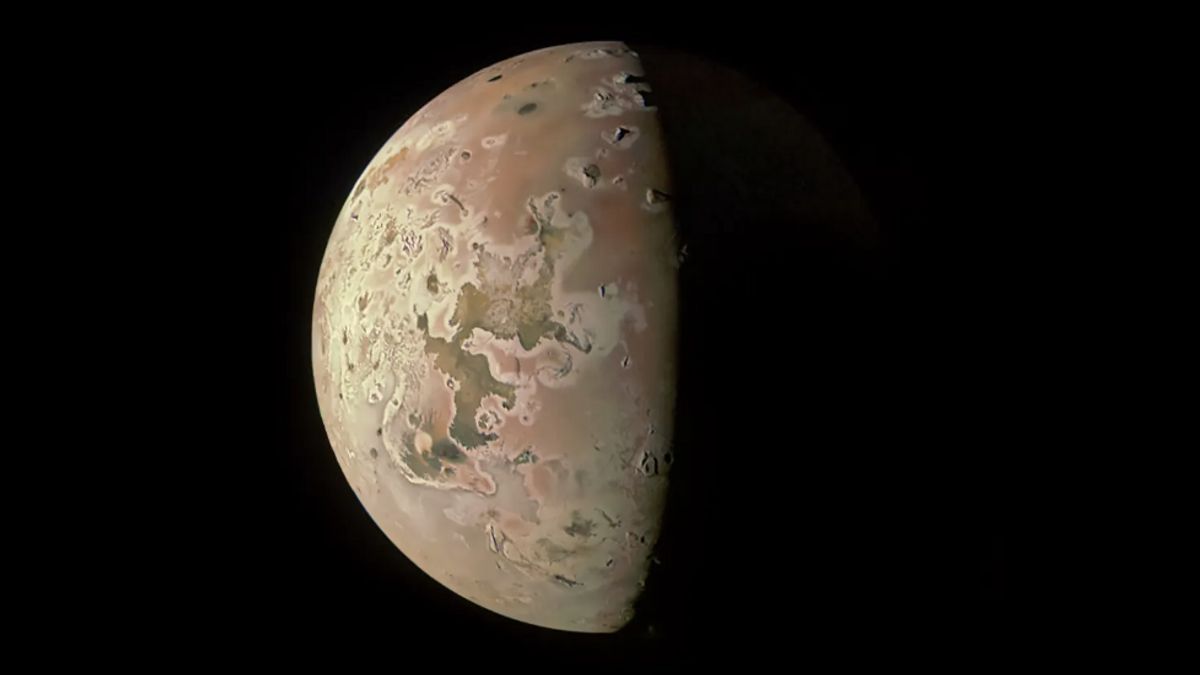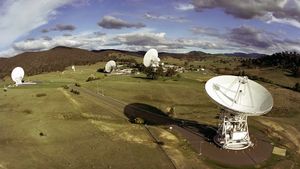JAKARTA Juno spacecraft belonging to the United States Aeronautics and Space Agency (NASA) will fly near Jupiter's third-largest month, Io, on Saturday, December 30.
According to NASA's explanation, Juno will be the first spacecraft to be very close to Io in 20 years. The aircraft will be 1,500 kilometers from Io's volcanic surface.
From this very close range, NASA hopes that the instrument Juno brings can produce some important data. Later, the data collected by Juno's instrument will be combined with the observations of Juno's previous team.
"We (will) find out how often they erupt, how bright and hot it is, how the lava flow forms change, and how Io activity connects to the flow of charged particles in Jupiter's magnetosphere," said Juno Principal Researcher Scott Bolton.
Juno will approach Io twice. First at the end of December and the second on February 3 next year. Juno's team will place the plane at the same distance and Juno's three active cameras will record activity during the flight.
"With the two close-range flights we took in December and February, Juno will investigate the source of massive volcanic activity in Io, whether there is a magma ocean under its crust, and the importance of the tidal force from Jupiter," Bolton explained.
One of Juno's instruments is the Jovian Infrared Auroral Mapper (JIRAM). During the flight, JIRAM will collect signatures of the heat emitted by its very large volcano and crater on the surface of Io's moon.
SEE ALSO:
JIRAM will work with JunoCam or JCM, which is a wide-angle camera mounted on Juno's body. JunoCam will take a bright image so the resulting image can help the Juno team research.
Juno's aircraft has circled the solar system and monitored the moons from Jupiter at very close distances. So far, Juno has approached the natural satellites of Jupiter, namely Ganimede and Europa. These two months are commonly referred to as icy moons because they are believed to have ice.
Juno has also been monitoring Io for a long time, but has never been as close to the latest target. Usually, the aircraft monitors Io's volcanic activity within 11,000 kilometers to 100,000 kilometers. From this distance, Juno has taken pictures from the north and south poles of Io's month.
The English, Chinese, Japanese, Arabic, and French versions are automatically generated by the AI. So there may still be inaccuracies in translating, please always see Indonesian as our main language. (system supported by DigitalSiber.id)

















